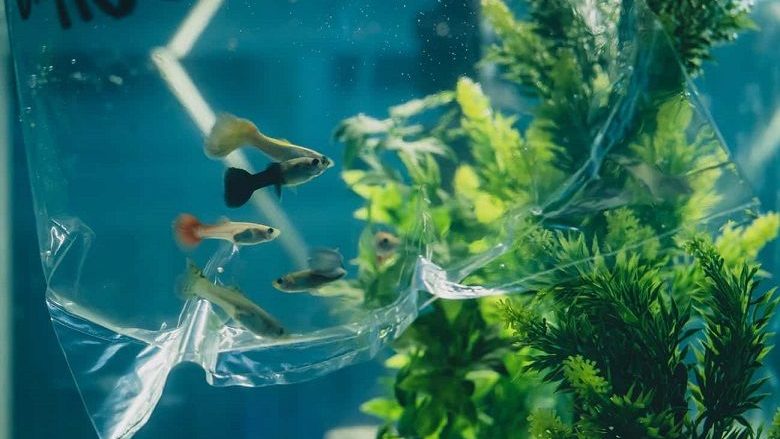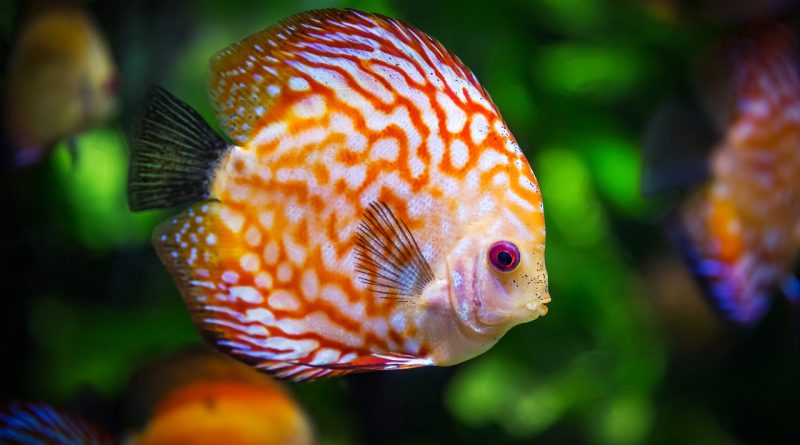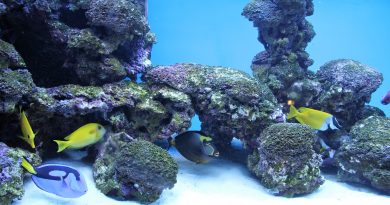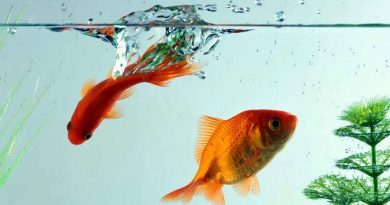How To Acclimate Fish To Your Aquarium?
For all of fish lovers, it is always exciting to go to the fish shop and purchase fishes to add to the aquarium we own. But many of us do not know the basic of adding the fishes to their new habitat which leads to early demise of your lovely newly bought fishes.
So ultimately we start the blame game and question the seller for selling fishes in poor health condition; however, the fact of untimely demise of the fish is more likely because of not knowing how to acclimate the newly bought fish to your aquarium.
We all are well aware of a misconception that all we have to do is float the packet of fish in the tank for 15-20 minutes and place the fish inside it afterwards. There is a lot more to understand for the longevity and healthy life of a fish which I am going to discuss here.
The Proper Way to Acclimate Fish

Step 1
As soon as you reach your home, place your fish with plastic bag in aquarium to float and turn off all the lights to avoid shock.
After that, remove the rubber band of the bag and roll the open part of the plastic bag 3-4 times and make sure the plastic bag is stable in the water and is floating. In case of instability, roll the plastic bag, couple of times more to make it float in the aquarium water.
Step 2

Acclimating is not an easy process; however, it is a slow and steady one. So to get started, dip half a cup of the tank water and add it to the bag. Wait 15 minutes and repeat this step.
This slow process will allow the fish to acclimatize to the change in water pH and temperature as well as oxygen content, new nutrient levels, sounds, salinity, and lighting.
The best chance that your fish have of survival is a slow and careful process. It will not protect your fish from any diseases or parasites the new ones are carrying, though. It’s also important to be aware that the quality changes in water is only one of the aspects of acclimatizing your fish, and new fish’s life depends on you following the proper process.
Step 3
In order to ensure that the water quality is right your fish, you should test the nitrate, hardness, nitrite, ammonia, pH, alkalinity, and temperature on a regular basis. When on the water tests have been done, then only should you consider adding your fish to your aquarium.
This is because new fish added into the aquarium increases the bio load on the filter system, so that said only a few new fish should be added into the tank at a time.
Ultimately, this will allow beneficial to accumulate enough in the biofilter and eradicate to dedicate the ammonia waste the new fish create before it starts to build up to toxic levels. Placing too many fish at once can overload the biofilter and cause fish loss due to ammonia increases.
You need to test the pH while the temperature is equalizing in order to avoid pH shock, so the pH of the water in the bag must be tested against the pH of the water in your fish tank at home. More often than not, for the short trip of an hour or less from the pet shop to your home, there will be a slight change in the water quality in the transported bag.
But on longer trips, such as when fish are shipped from the breeding farm, and then distributed into the pet shop, the fish could remain in the bag for approximately 2 hours and up to a maximum of a few days.
In cases such as these, the pH of the water tends to drop due to the fish’s respiration, and the ammonia levels in the water will increase.
Step 4
Once the temperature and pH of the water in the bag is the same or similar to the water in the tank, remove the fish from the tank and net them. Carefully add the fish to the aquarium, ensuring that their fins don’t get caught in the net’s mesh.
Instead of pouring the water from the bag into the tank, you should get rid of it, and in the event that the water level inside your tank decreases, you should fill it with dechlorinated water.
Be sure to keep a close eye on your fish to ensure that they’re not bullied by the older fish. Feed the fish a small amount of food at this time so that the old fish are busy and less likely to bother the new ones. It’s always better to place new fish into quarantine tanks for between 2-4 weeks before adding them to the main aquarium.
Avoiding Problems During Acclimation
One of the predominant reasons why fish die after adding them to a home aquarium is pH shock. pH differences may seem insignificant to you but can be lethal to fish. In fact, a small or minute difference of 0.5 can send your fish into pH shock. Ultimately, they may or may not recover from this depending on the severity of the difference in the pH levels. The greater the difference, the more likely they are to die.
So do your homework on the different levels of pH for different species. It’s also important to remember that the pH in the water will gradually drop due to acids produced by the fish’s metabolism, so perform water changes on a regular basis to keep pH levels more stable and to restore the alkalinity in the water.
The goal to bear in mind is that you are trying to give your fish the best possible chance of survival in your home. The water in the fish bag will drop in pH and increase in ammonia during the transportation stage. So making the adjustment to different water quality less stressful as possible for your fish will help keep them healthy and alive.
Freshwater Fish
When it comes to freshwater fish, add a cup of water from your aquarium to the acclimation container.
The fish should acclimate for 10 minutes before repeating this step twice. Thereafter, the fish can be netted and added to the home aquarium.
Salt Water Fish
When it comes to acclimating saltwater fish, it is highly commended that you use drip acclimation. You can purchase a drip that is made specifically for this purpose. Ultimately, it tests the salinity of the water in the acclimation chamber and the salinity of the water in the home aquarium.




